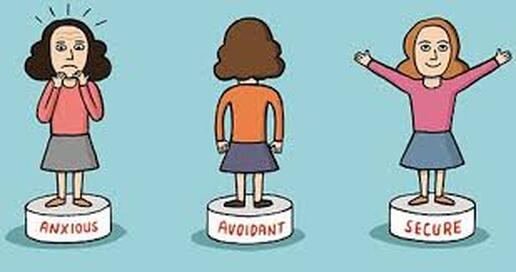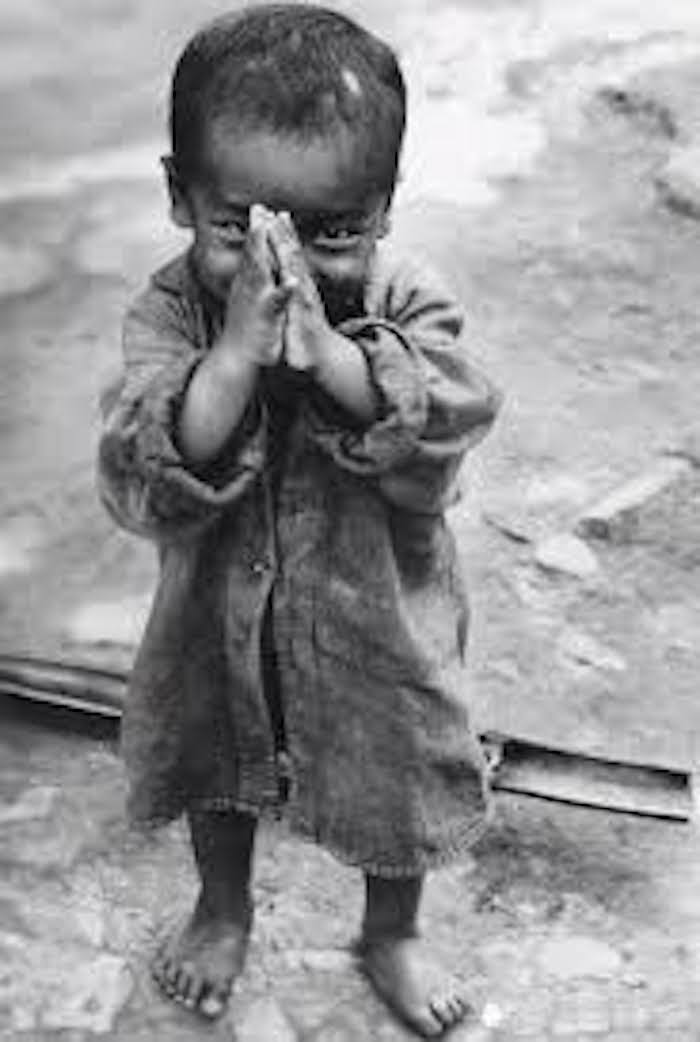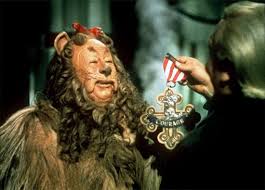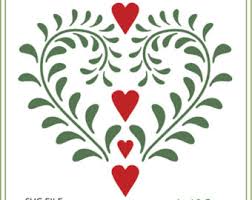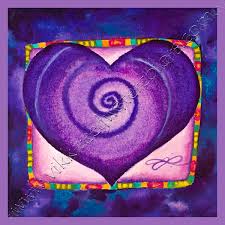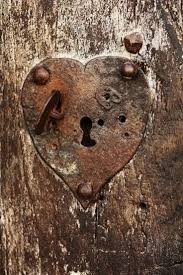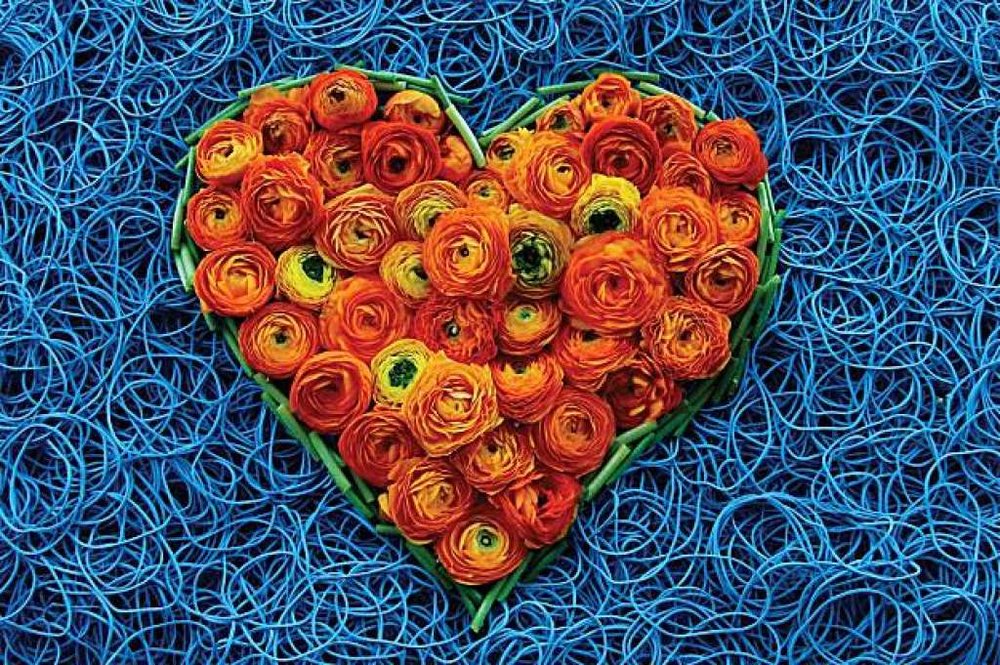|
The Types, Styles, and Stages (Secure, Avoidant, Ambivalent, and Disorganized)
Therefore, these “types” should be considered a way to describe and understand an individual’s behavior rather than an exact description of someone’s personality. Based on a person’s attachment style, the way he or she approaches intimate relationships, marriage, and parenting can vary widely. The number of ways in which this theory can be applied or used to explain behavior is compounded and expanded by the fact that relationships require two (or more) people; any attachment behaviors that an individual displays will impact and be influenced by the attachment behaviors of other people. Given the huge variety of individuals, behaviors, and relationships, it is not surprising that there is so much conflict and confusion. It is also not surprising, although no less unfortunate, that many relationships end up in divorce or dissolution, an event that may continue an unhealthy cycle of attachment in the children of these unions. If you need some help, call/text me: 360-432-1236.
0 Comments
Leave a Reply. |
Zoe ~
I am a catalyst for others, helping people continue, over their entire life span - preconception, conception, in the womb and after - to grow, learn, heal so that each person can live their deepest longings. This is my passion and purpose. Adventurer, lover of beauty, seeking clarity, harmony & balance. Compassionate. Just. Fair. Grateful. Hugely grateful. ONE more time: HUGELY GRATEFUL. |
